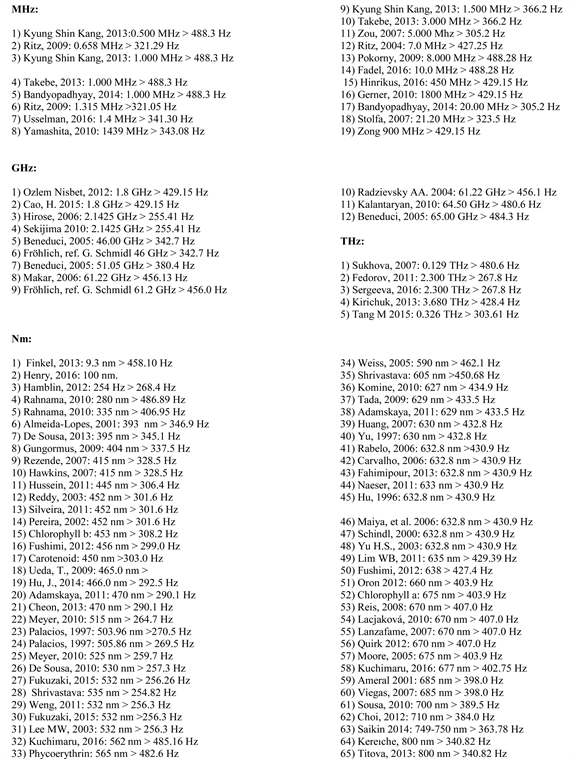Simistor Ts 160 6 341
Series of military training aircraft T-6 Texan/SNJ/Harvard USAAF AT-6Cs near, 1943 Role Trainer aircraft National origin United States Manufacturer First flight 1 April 1935 Retired 1995 () Primary users Number built 15,495 Developed from Variants Developed into The North American Aviation T-6 Texan is an American single-engined advanced used to train pilots of the (USAAF),,, and other of the during and into the 1970s. Designed by, the T-6 is known by a variety of designations depending on the model and operating air force. The (USAAC) and USAAF designated it as the AT-6, the the SNJ, and the Harvard, the name by which it is best known outside the US. Starting in 1948, the new (USAF) designated it the T-6, with the USN following in 1962.
It remains a popular aircraft used for demonstrations and static displays. It has also been used many times to simulate various Japanese aircraft, including the, in movies depicting World War II in the Pacific. A total of 15,495 T-6s of all variants were built. Student (L, front) and instructor (R, aft) cockpits The Texan originated from the prototype (first flown on April 1, 1935) which, modified as the NA-26, was submitted as an entry for a USAAC 'Basic Combat' aircraft competition in March 1937.

Corel paintshop pro tutorials. Thomas Simister, holds a Architects. TS Thomas Simister. BuildZoom combines license information on 3.5 million contractors with 160 million building permits. C) The average weight of every sixth person entering the mall within 3 hour. A) If the minimum average for B+ is 87, did you get B+ at the end of the semester? Ts a) Find the probability that a randomly chosen incident involves cutting off a car. B) more than 160 feet. 107 472 279 249 520 376 188 341 266 199.
The first model went into production and 180 were supplied to the USAAC as the BC-1 and 400 to the RAF as the Harvard I. The US Navy received 16 modified aircraft, designated the SNJ-1, and a further 61 as the SNJ-2 with a different engine. The BC-1 was the production version of the NA-26 prototype, with retractable tailwheel landing gear and the provision for armament, a two-way radio, and the 550-hp (410 kW) R-1340-47 engine as standard equipment. Flyff v19 official filesharefanatic free.
Production versions included the BC-1 (Model NA-36) with only minor modifications (177 built), of which 30 were modified as BC-1I instrument trainers; the BC-1A (NA-55) with airframe revisions (92 built); and a single BC-1B with a modified wing center-section. Three BC-2 aircraft were built before the shift to the 'advanced trainer' designation, AT-6, which was equivalent to the BC-1A. The differences between the AT-6 and the BC-1 were new outer wing panels with a swept-forward trailing edge, squared-off wingtips, and a triangular rudder, producing the canonical Texan silhouette. After a change to the rear of the canopy, the AT-6 was designated the Harvard II for RAF/RCAF orders and 1,173 were supplied by purchase or, mostly operating in Canada as part of the. Next came the AT-6A which was based on the NA-77 design and was powered by the Wasp radial engine. The USAAF received 1,549 and the US Navy 270 (as the SNJ-3). The AT-6B was built for gunnery training and could mount a.30 caliber on the forward fuselage.